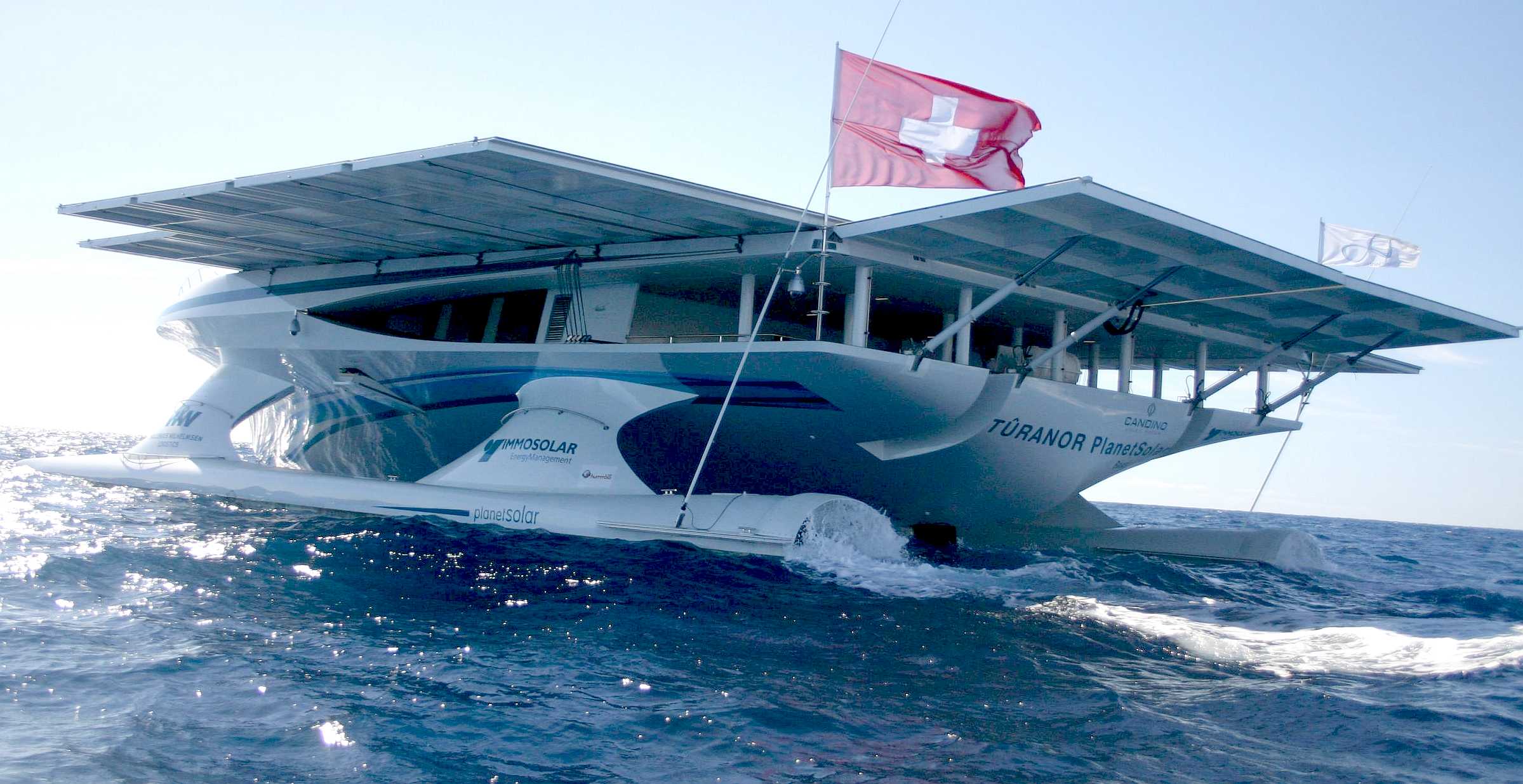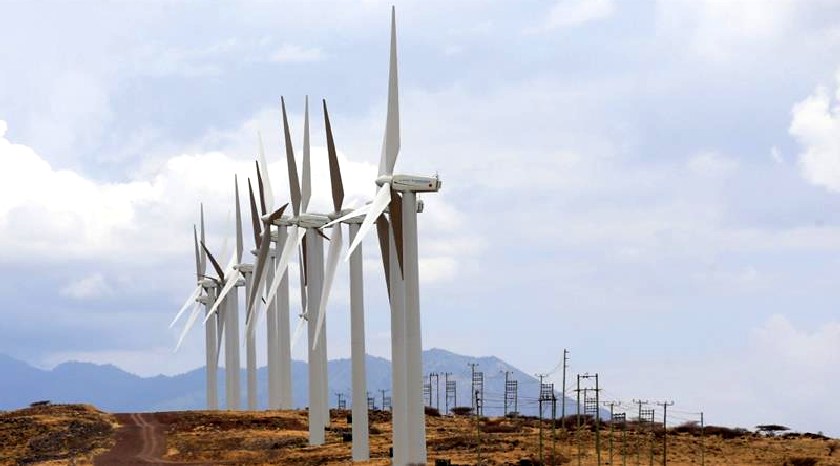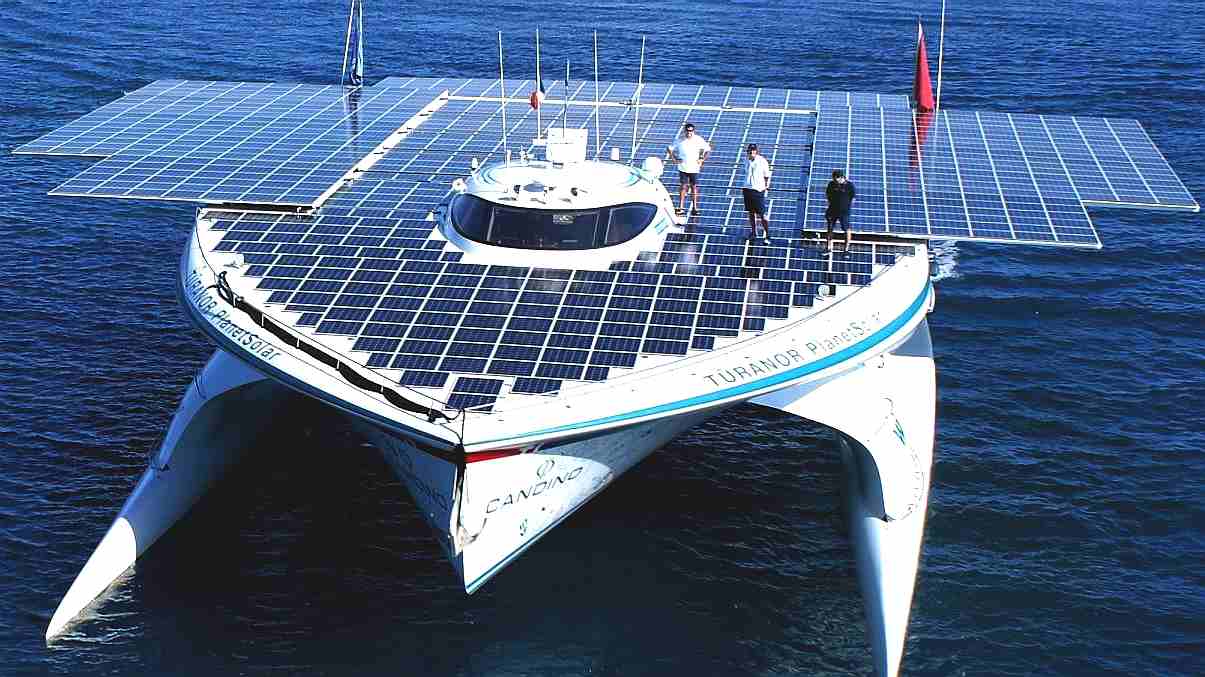|
CARBON TRADING OFFSETS
Please use our A-Z INDEX to navigate this site or return HOME
|
|
PlanetSolar is a rare animal, a zero carbon boat that contributes to zero emission objectives, but attracts no carbon credits. Similar projects with higher commercial expectations in reducing fleet emissions, also fall at the first hurdle in UN certificate terms. But projects to plant trees or change from coal to solar or wind generation pass with flying colours.
Magnificent though such objectives are, simply changing a boiler does not advance technology that may change the face of dirty shipping, for a shiny clean face. It may then benefit the UN's climate change targets to recognize the value of projects with the potential to revolutionize, or at least accelerate the change to clean shipping. That same applies to land transport, where infrastructure is lacking, needing to be jump started, rather more urgently than at present.
HOW TO VALUE AIR POLLUTION
An
example that is closed to our heart, is clean shipping, where at the
moment there are no grants for such research projects that may lead to
solar powered ships of the future. Whereas the branch of the UN that
deals with airborne pollution, the IMO, requires ship exhausts to become
cleaner in stages, with 2030 as the first target, leading to completely
clean vessels in 2050. But we have not seen any incentive in terms of
recognised carbon offsetting for such R&D. Though we are making
efforts to define why this may or may not be so.
BUNKER FUELLED SHIPPING - 17% WORLD TOTAL BY 2050
Ships that transport cargos, have first to be (1) built, then (2) operated.
1. - The cost in terms of energy, materials and labour is a negative, but goods have to be transported. So, as ships need to be renewed, this cost is negated. Because it is inevitable.
2. - The cost of operating the ship is determined by the nautical miles (NM) per ton of bunker fuel, multiplied by the CO2 produced per NM traveled. That figure is in turn multiplied by the distance the vessel is likely to travel during its operational lifetime.
SOLAR & WIND POWERED SHIPPING
Ships that run on energy from nature also have to be built and operated and may (to begin with) cost a little more to construct than diesel powered vessels. But come into their own when calculating the emission of CO2 per nautical mile, which is of course zero.
Zero multiplied by 1.2 million nautical miles = zero. 1.2 million miles being an estimate of distance over a 10 year operational period. Solar panels are rated @ 20 year lifetime, with tail off in performance as they get older. Wind turbines also have a long lifetime of service. The hydraulics controlling such harvesting devices will need to be serviced, but then diesel engines also need oil changes, etc.
Each UN credit is equivalent to one tonne of CO2 towards meeting Kyoto targets.
Kenya has unveiled Africa‘s largest wind power plant, a project aimed at reducing electricity costs and dependence on fossil fuels and moving the nation to meet an ambitious goal of 100 percent green energy next year. The sprawling wind farm of 365 turbines on the shores of Lake Turkana in northern Kenya was designed to boost the nation’s electricity supply by 13 percent, giving more Kenyans access at a lower cost, President Uhuru Kenyatta said at its launch. About 70 percent of the nation’s electricity comes from renewable sources such as hydropower and geothermal – more than three times the global average.
The Gandhi Project is a sustainable wind farm program across India, including in Mahatma Gandhi’s hometown of
Porbandar. As a developing nation, India’s main sources of energy are coal and other fossil fuels, which account for 56% of all electricity produced, compared to 5% in the UK. The Gandhi Project aims to help India on the path to clean energy, along with supporting local communities through scholarships, creating jobs and providing food aid.
Put in the simplest terms, carbon offsetting is compensating for these emissions by funding projects that have a positive environmental impact elsewhere, for example in reforestation programs or investing in renewable energy in developing countries. In theory, we’re ‘carbon repairing’ what we have ‘carbon damaged’.
The carbon offset market is divided into two main categories: offsetting for compliance reasons and voluntary carbon offsets.
For most of us, the first thing that springs to mind when we hear of carbon offsetting programs is tree planting and reforestation projects. In truth, there are a number of concerns when it comes to projects like this. For example, it can take 10-20 years for a tree to grow and sequester the emissions provided by just one flight.
Not all carbon offsets are created equal. If you’re considering investing in a carbon offsetting program, you’re going to want to do some research to know exactly what you’re investing in.
It can sometimes be confusing to know which program to choose to be certain your investment is going where you intend it to. While the compliance carbon market is regulated, the voluntary carbon market is not. Instead, there are a few different verification standards to assure investors that their money is going to a good cause. Therefore, it’s worth doing some research beforehand so you’re clued up on the transparency and credibility of any organisation carrying out voluntary carbon offset projects.
WHAT IS THE KYOTO PROTOCOL
CONTACT UNFCCC
Main office
CARBON
TRADING OFFSETS IMO
MARINE ENVIRONMENT PROTECTION
LINKS & REFERENCE
https://ec.europa.eu/clima/policies/ets/registry_en
|
|
|
Please use our A-Z INDEX to navigate this site
This website is Copyright © 2021 Jameson Hunter Ltd
|


